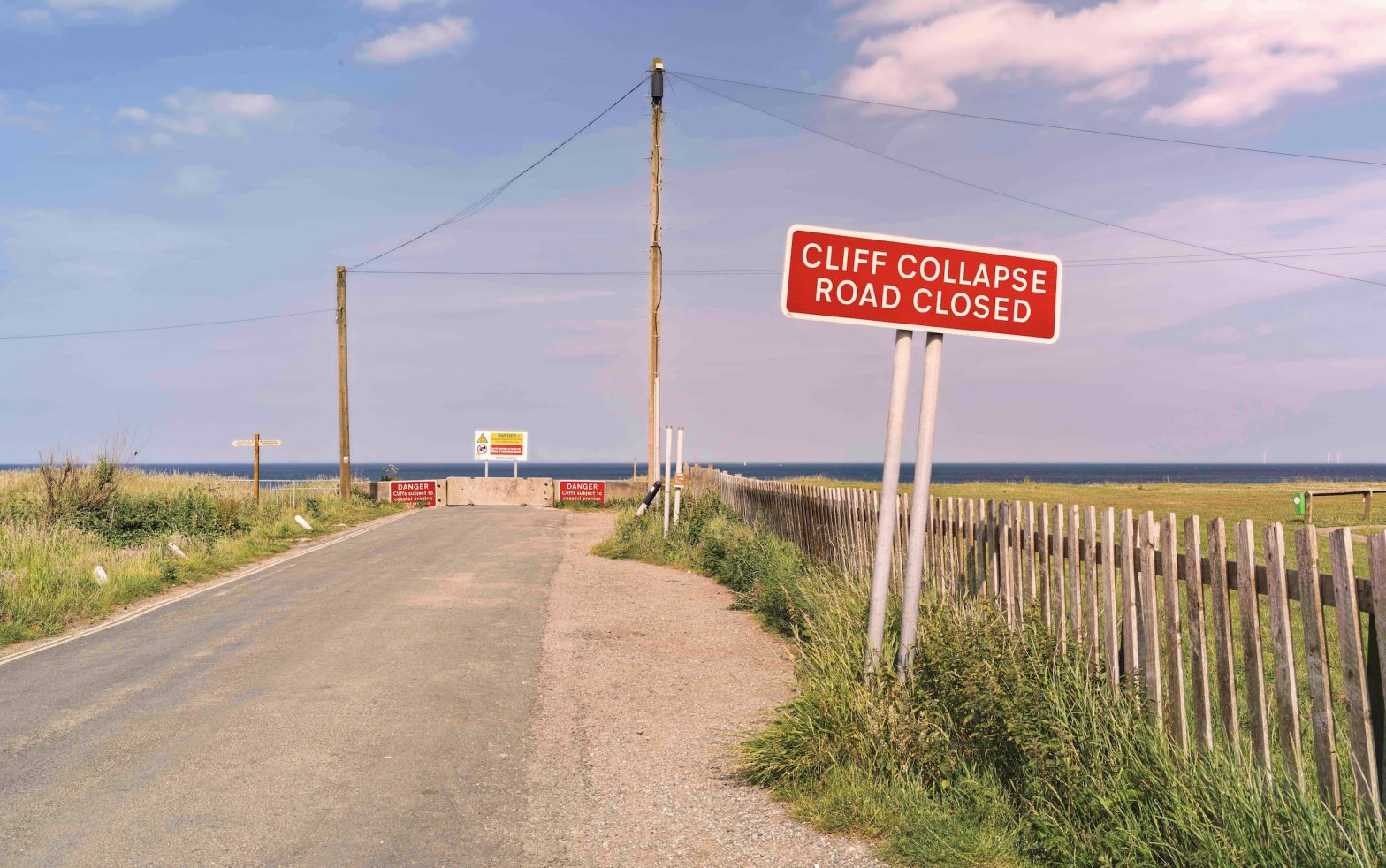Climate Change in the UK: Impacts, Risks & Regional Data

Climate change is already reshaping life in the UK. From hotter summers to heavier rainfall and rising sea levels, the effects are no longer distant or abstract. This page outlines how climate change is affecting the UK today, what future risks we face, and how local areas are responding with data-informed planning.
How Is the UK’s Climate Changing?
The UK has warmed by about 1.2 degrees Celsius since the 1960s, according to long-term climate records. Recent decades have brought more frequent heatwaves, warmer winters, and shifts in rainfall patterns. These changes are uneven across regions but are consistent with global trends.
Temperature and Heatwaves
The UK now experiences more frequent and intense heatwaves. The summer of 2022 brought record-breaking temperatures, with parts of England exceeding 40 degrees Celsius for the first time. Night-time temperatures are also rising, making it harder for people and infrastructure to cool down.
See how to prepare for heatwaves for more on this topic.
Rainfall Patterns and Flooding
Winter rainfall has increased across most of the UK. Intense rainstorms now occur more often, leading to surface water flooding, sewer overflows and damage to homes and transport networks. Flash floods are becoming more common in urban areas with limited drainage.
Coastal Erosion and Sea Level Rise
Rising seas and stronger storm surges are accelerating coastal erosion. Low-lying areas in the east and south of England are particularly at risk, including parts of Norfolk, Kent and Essex. This places pressure on housing, transport links and nature reserves near the coast.
Environmental and Societal Impacts
Climate change affects more than the weather. It influences health, infrastructure and food systems, often compounding existing inequalities.
Impact on Health and Wellbeing
High temperatures increase the risk of heat exhaustion and respiratory problems. Vulnerable groups, such as older people and those with pre-existing conditions, face greater risks. Poor air quality, stress from extreme events and damaged infrastructure also impact mental and physical health.
Infrastructure and Energy Systems
Rail tracks can buckle in heat. Storms and floods can damage energy networks, while higher temperatures increase electricity demand for cooling. Infrastructure built for a milder climate now faces more frequent disruption.
Impacts on Farming and Food Security
Climate change affects crops through extreme weather, shifting seasons and new pests. Livestock face heat stress and changes in grazing conditions. Water availability and soil quality are also under pressure.
Regional Climate Impacts Across the UK
Impacts vary by region. Southern and eastern areas face greater heat and water stress. Western and northern regions are experiencing more intense rainfall. Coastal communities contend with erosion and sea level rise.
Local authorities are using data, including regional climate stripes and updated emissions figures, to inform resilience planning.
Future Risks and UK Climate Projections
According to UKCP18 projections, the UK is likely to see hotter, drier summers and warmer, wetter winters. Sea levels are projected to rise by up to one metre by 2100, depending on emissions. The range of outcomes depends on global action, but even the lowest scenarios require adaptation.
Extreme weather events are expected to become more frequent and more severe, including heatwaves, storms and flooding.
Local and National Action
Responding to climate change requires both local adaptation and national coordination. Councils, communities and individuals all play a role.
Local Authority Climate Planning
Local councils are leading on flood defence, green infrastructure, building standards and emergency planning. Many have declared climate emergencies and published action plans.
See the latest data and climate stripes for your area at Local Climate Action
How You Can Prepare for Climate Change
People can take simple steps to protect themselves and reduce emissions:
- Insulate homes to stay cool in summer and warm in winter
- Stay alert to weather warnings and have a household emergency plan
- Support local adaptation projects and community networks
Climate Change in the UK FAQs
How is climate change affecting the UK right now?
The UK is seeing more extreme heat, heavier rainfall, rising sea levels and related impacts on health, housing and food.
What parts of the UK are most vulnerable to climate change?
Southern and eastern regions face heat stress and drought. Coastal areas are at risk from erosion and sea level rise.
What risks does the UK face in the future?
More intense heatwaves, wetter winters, summer droughts, coastal flooding and infrastructure strain are all projected.
How are local authorities and individuals responding?
Councils are planning for risks using local data. People are adapting their homes, habits and communities for a changing climate.
Sources:
- https://www.gov.uk/guidance/climate-change-explained
- https://ncas.ac.uk/learn/what-is-climate-change/
- https://www.bbc.co.uk/future/article/20231130-climate-crisis-the-15c-global-warming-threshold-explained
- https://www.metoffice.gov.uk/research/approach/collaboration/ukcp
About Carbon Copy
Carbon Copy exists to turn individual concern for climate and nature into collective impact by helping people connect locally and create real change together. We believe the fastest way to create change is to share it. We tap into a powerful truth: copying is human nature. When action is visible and easy to replicate, it spreads. It’s about people stepping in, inspired by what others have done and copying what works. Carbon Copy offers a place to start, with a national collection of climate action stories, place-by-place climate and nature plans, a popular podcast and blog, and capacity building for organisations across public, private and third sectors.
Recommended from Carbon Copy
-
 Affordable Energy, Buildings & Places, Climate Action, Good Food, Greater Fairness, Health & Wellbeing, Less Waste, More Jobs, Strong Communities
Affordable Energy, Buildings & Places, Climate Action, Good Food, Greater Fairness, Health & Wellbeing, Less Waste, More Jobs, Strong CommunitiesCopy These! 5 Big Local Ideas About Creating A Community Hub
Learn how communities are reinvigorating once-forgotten spaces, to bring local environmental, social and economic benefits.
-

How to Choose a Sustainable Christmas Tree: Real vs Fake
As you’re gearing up for the festive season, the question of which Christmas tree to bring home might come up.…
-
 Food and Agriculture, Good Food, Greater Fairness, Health & Wellbeing, Less Waste, Thriving Wildlife
Food and Agriculture, Good Food, Greater Fairness, Health & Wellbeing, Less Waste, Thriving WildlifeCopy These! 5 Big Local Ideas About Creating A Food Partnership
We all need to eat, and a food partnership is a great way to create a stronger, more sustainable, more…
-

How to Have an Eco Friendly Bonfire Night
Bonfire Night is one of the most anticipated dates in the UK calendar. But behind the sparklers and fireworks, the…